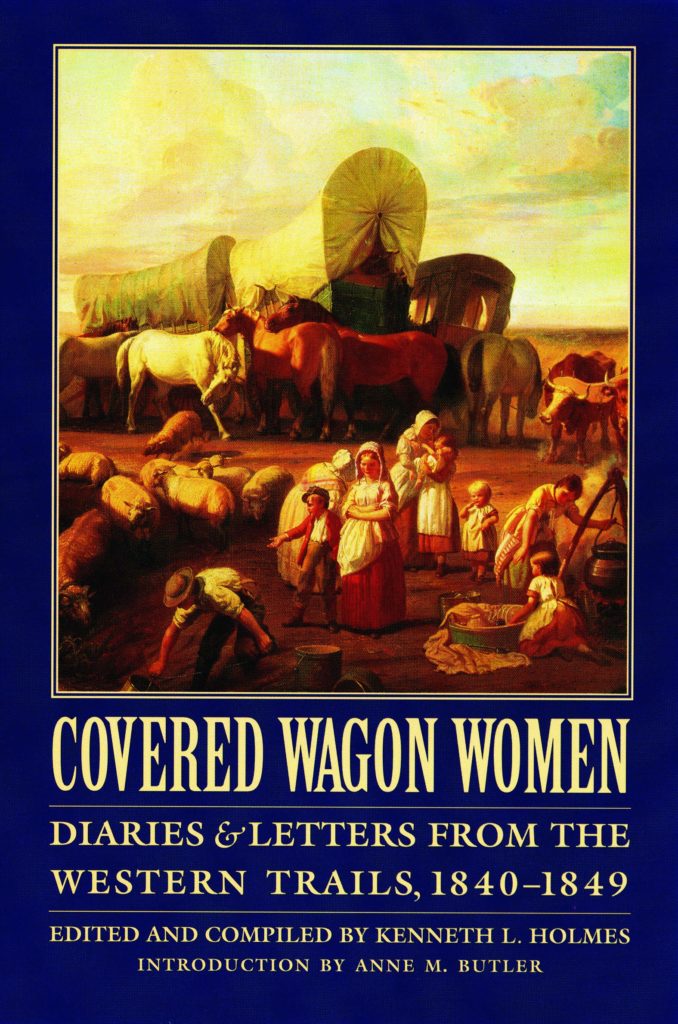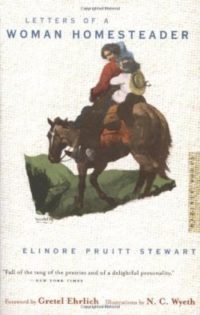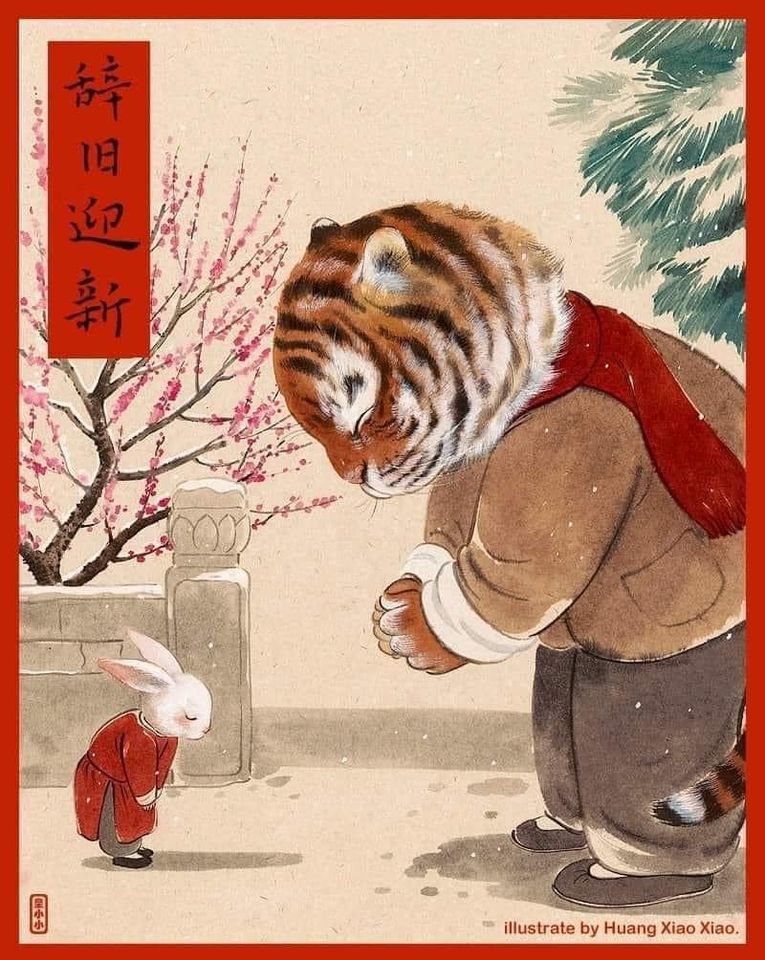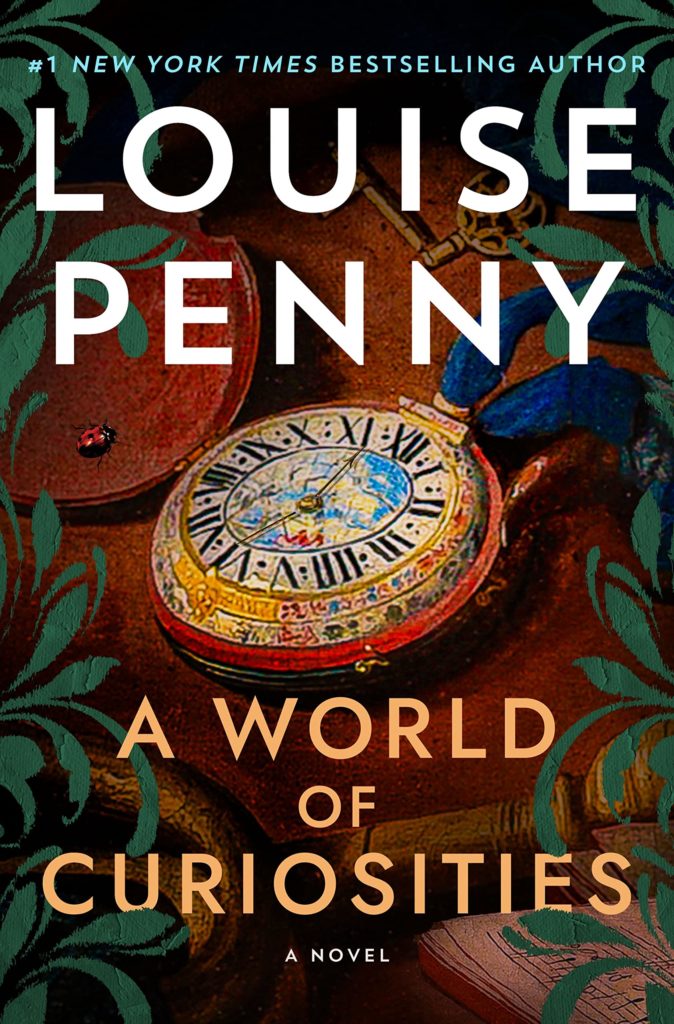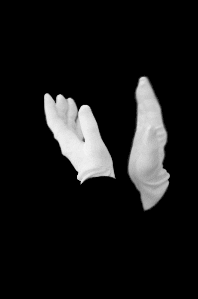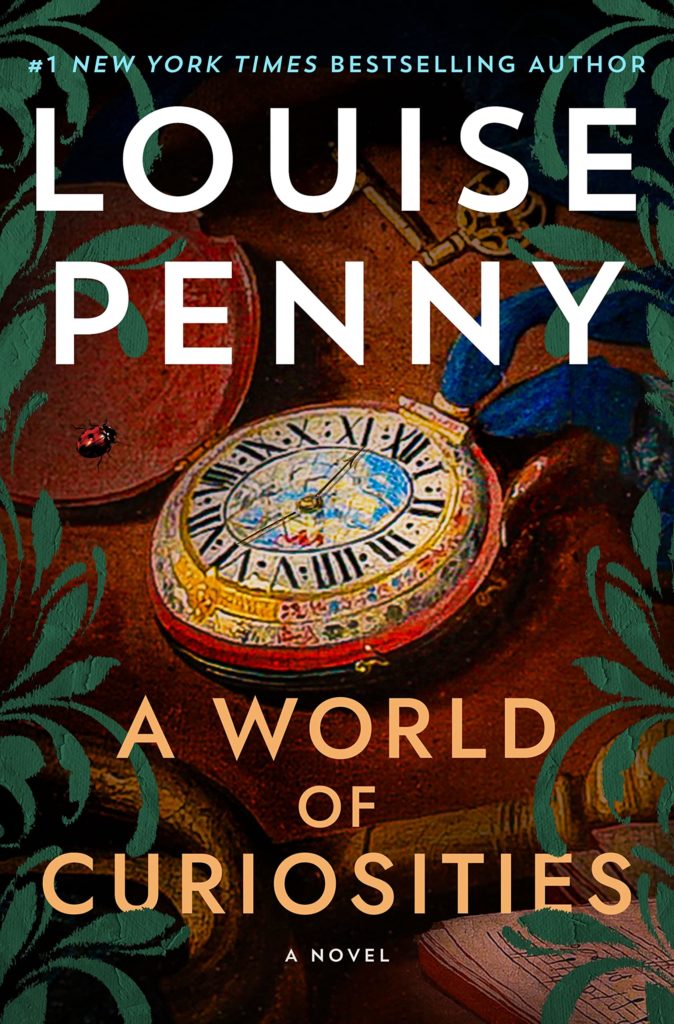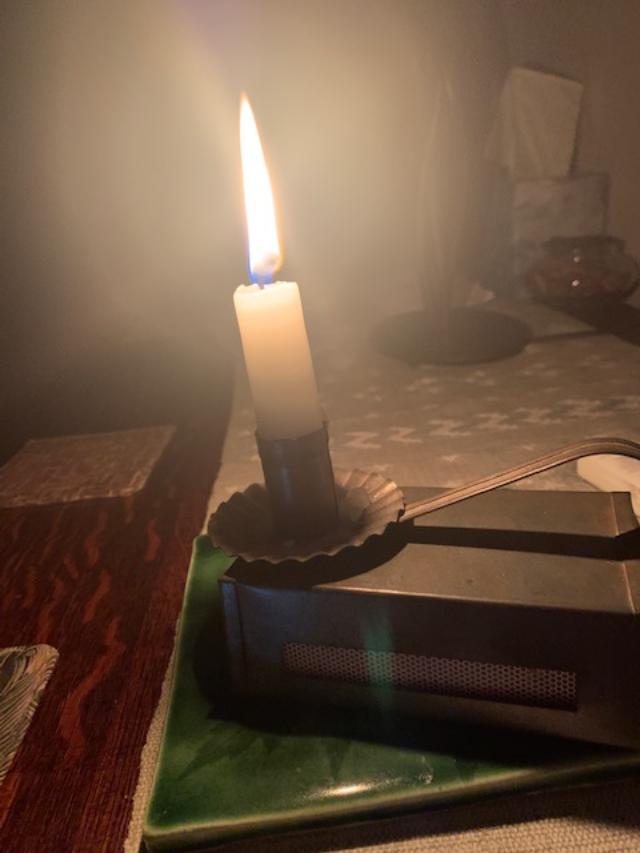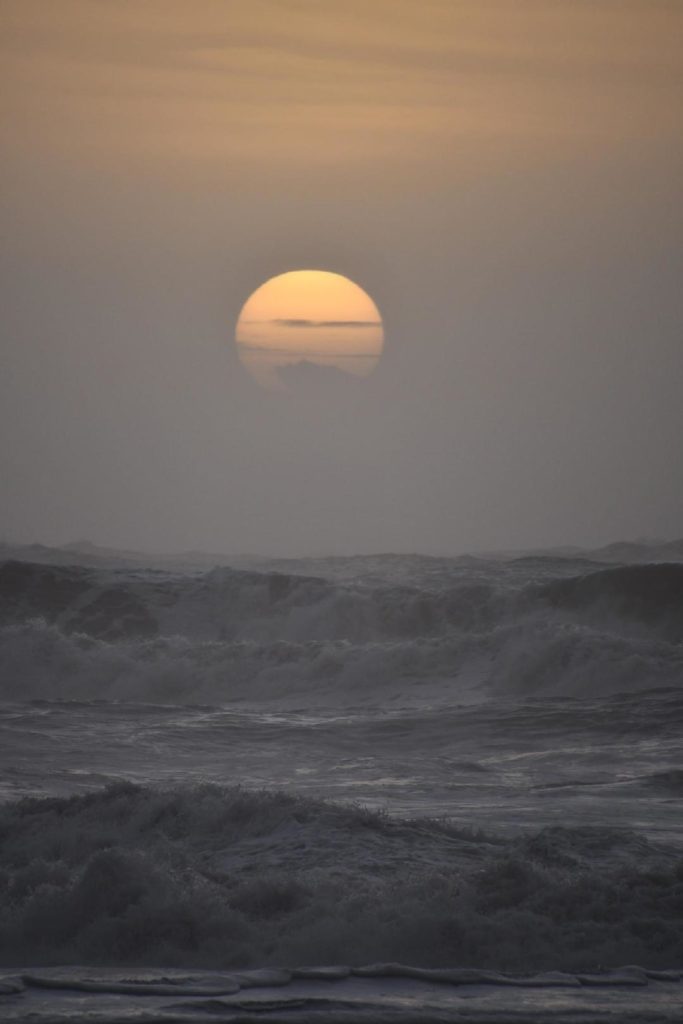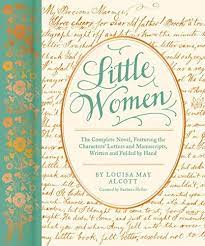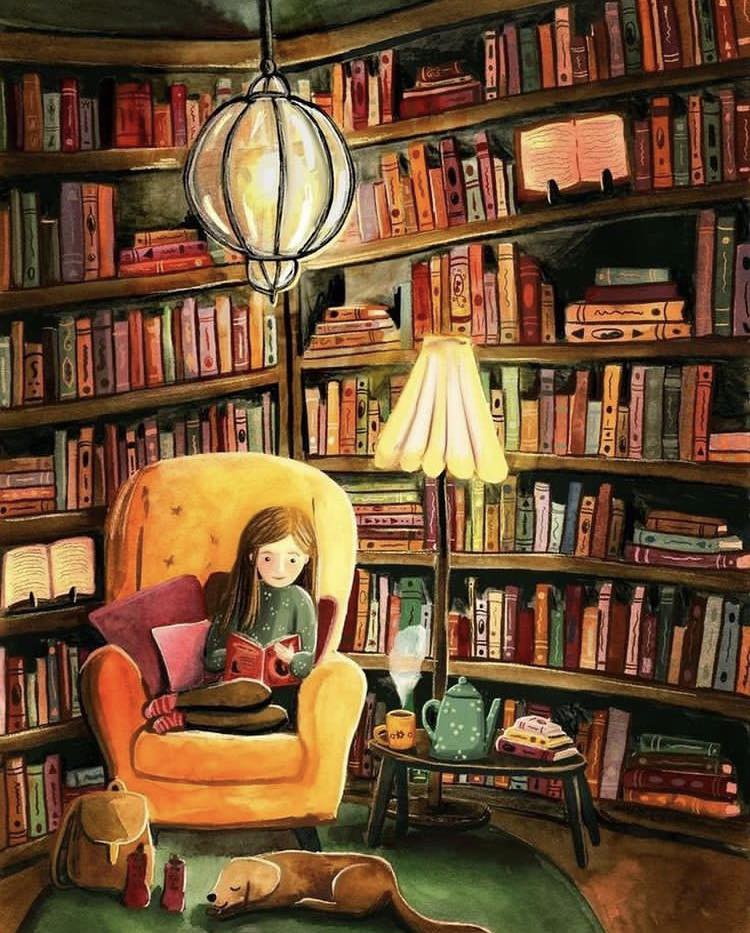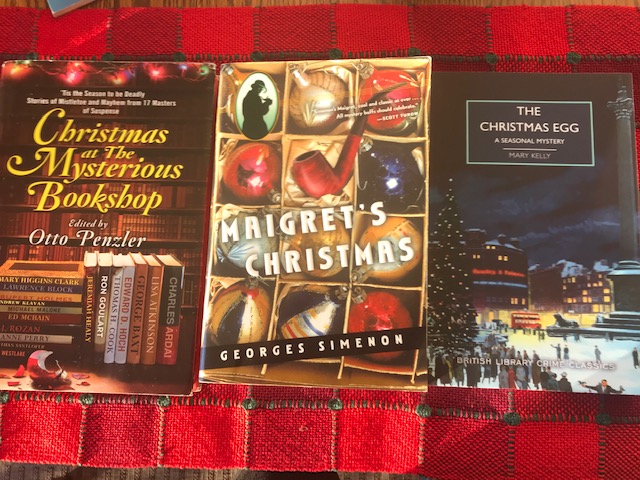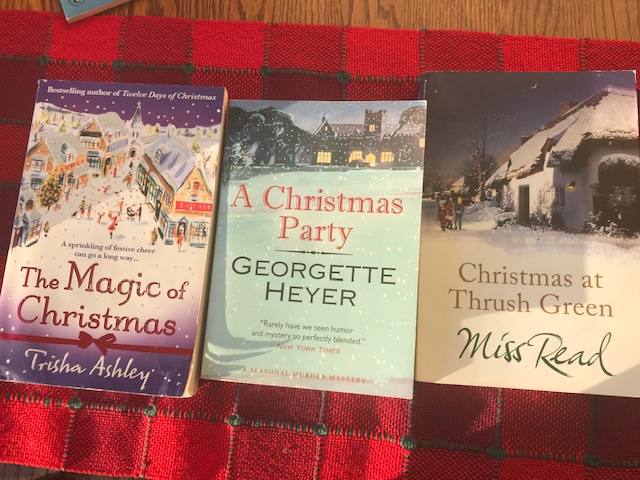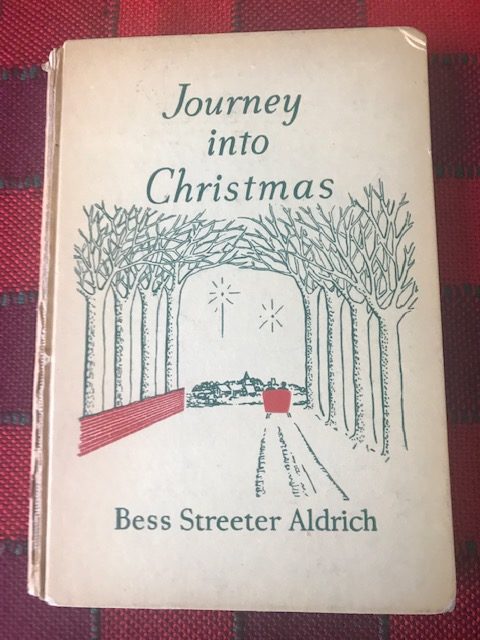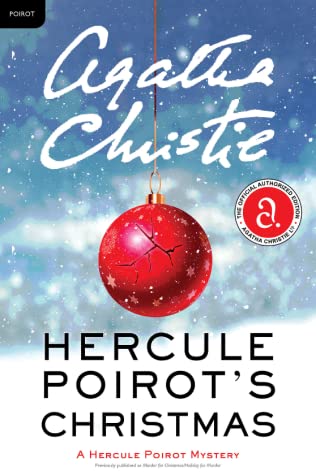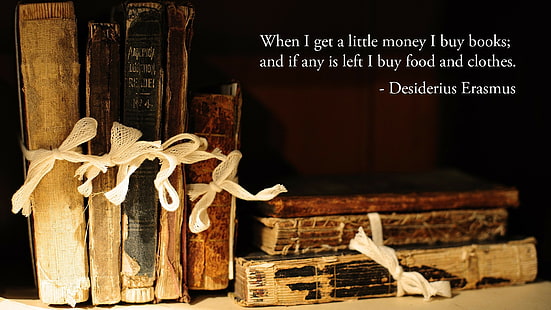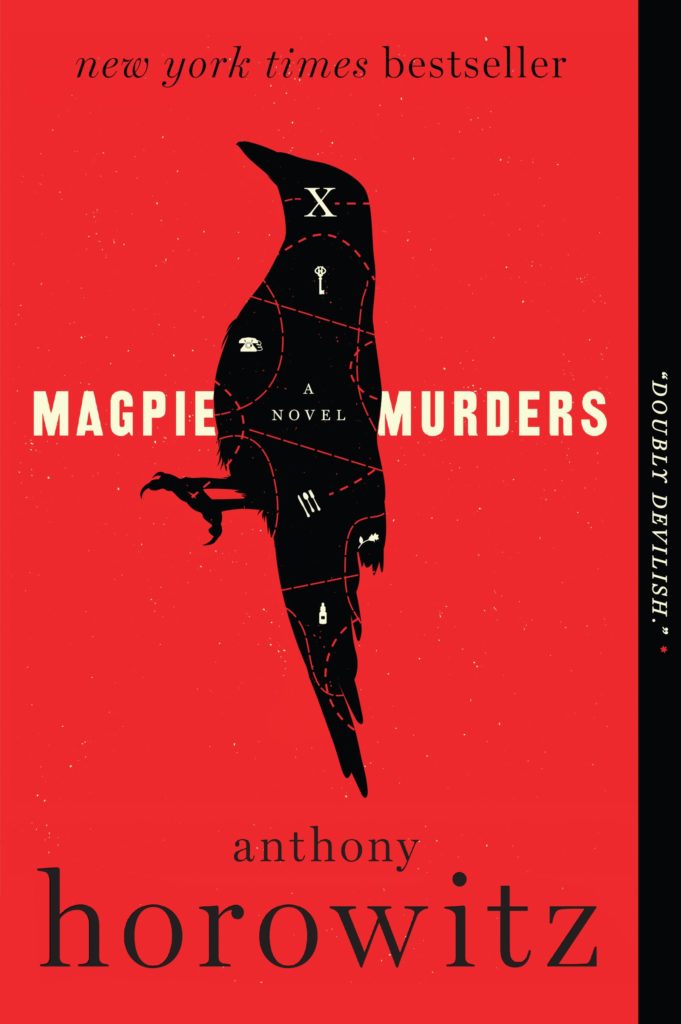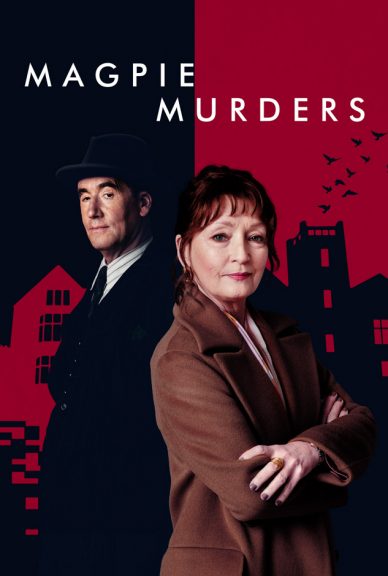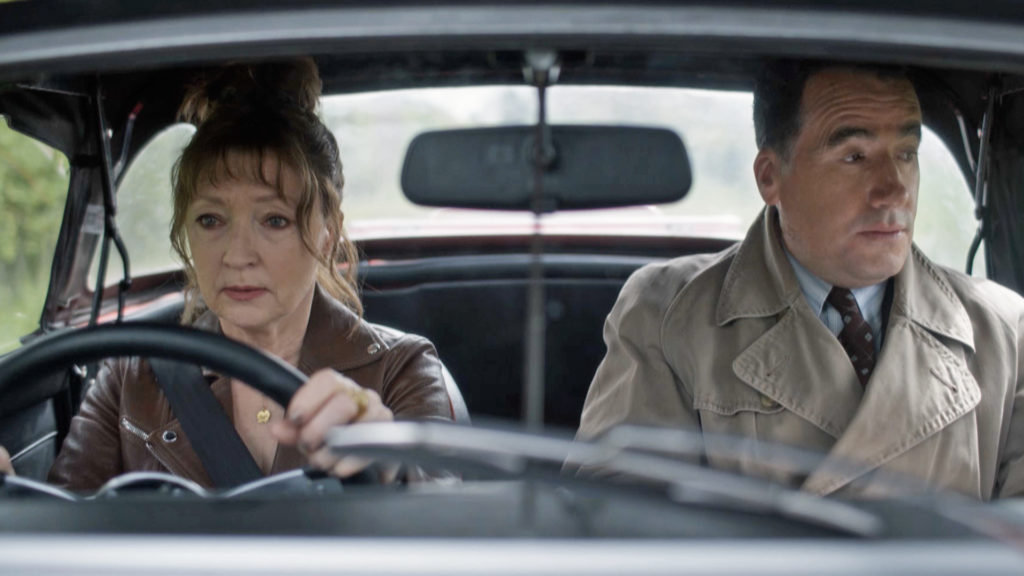A Kick in Attitude
This past weekend, I pulled my back wrong and then my knee started acting up and I was hobbling around like I was ancient (which I’m not – yet). Then, given the horrific shootings, Chinese New Year was a somber affair among our neighbor friends. No parties or sharing of cheerful foodstuffs.
In short, I was feeling sorry for myself, a state of mind which I abhor.
Whenever I catch myself having a pity party — I pull out either of these two books and open to any page to remind myself what a plum and cushy life I lead.
Covered Wagon Women
Edited and Compiled by Kenneth L. Holmes
Covered Wagon Women was recommended by friend (looking at you, with love, GH) many years ago and it still has a treasured place on my shelves — just for times like this when I need to kick my ass attitude out of an inappropriate bad mood.
These are the collected diaries and letters of fourteen pioneer women traveling west in covered wagons during the 1840’s.
Mr. Holmes, a historian has left everything in its original source — unedited diary entries, letters and other correspondence. This is how the women actually wrote then, complete with original dialect, spelling, and punctuation — complete with mistakes. The women speak in their own voices, without any modern influence. It will take you a few pages (or chapters) to get into the rhythm of their voices — and figure out the spelling — but after a bit, you get the hang of it. Whenever I re-open this book and read an entry or two, I always feel like I am actually there in the wagon listening to their personal accounts.
Every entry gives a slightly different viewpoint on the hardship and horror these remarkable women experienced and endured to discover new lives out west. Some are mundane, others soul-crushing, and some spirit-lifting. We read of Tamsen Donner and young Virginia Reed, members of the ill-fated Donner party; Patty Sessions, the Mormon midwife who delivered five babies on the trail between Omaha and Salt Lake City; Rachel Fisher, who buried both her husband and her little girl before reaching Oregon.
Because this collection is told from a woman’s point of view, domesticity is shown to be a means of survival, much as a gun. They cooked meals every day under dire circumstances. They sewed, weaved, knitted and mended clothes and bedding. They washed up when they had enough water, but went dirty for weeks if required. They walked miles over some of the roughest terrain America possesses – rocks, sand, dust, mud – over flat rutted trails and up and down mountain paths. They fed and milked cows, helped keep oxen and horses alive, birthed babies and buried them.
There is much unsaid in these letters. They rarely speak of their personal suffering, but instead relate what happened simply and factually. Despite the brevity, when a letter mentions how long they went without water and how many animals and people died because of it, it is easy to read between the lines.
There are 11 books in this series, and maybe someday I will tackle more, but for now this first in the series is enough to remind me of the luxuries in my life – water at the turn of a faucet, a warm bed, soap – well, you know what I mean.
Get yourself out of your bad mood and check out Covered Wagon Women – available at your local library.
Letters of a Woman Homesteader
by Elinore Pruitt Stewart
In the same vein, but not nearly as grim, is Letters of a Woman Homesteader, which I have read cover to cover.
As a young widow Elinore Pruitt left Denver in 1909, with her young daughter, and set out for Wyoming, where she hoped to buy a ranch. Determined to prove that a lone woman could survive the hardships of homesteading, she initially worked as a housekeeper for a neighbor — a kind but taciturn Scottish bachelor, whom she eventually married.
In twenty-six letters written to a friend back in Denver, she joyfully records her days, not considering the life she has chosen on the frontier as hardship. Instead, she revels in the natural beauty of her surroundings and in her friendships with like-minded women in her frontier community.
Elinore and her friends, face the unexpected with courage and good humor. They live unselfishly, and are overly generous with kindness and deeds for those less fortunate. She tells of unified and skillful hospitality; impromptu weddings, spur of the moment feasts for strangers, and designing and sewing wardrobes for a needy family in just a few days time.
Spring and summers were hard, she concedes, and were taken up with branding, farming, doctoring cattle, and other chores. But with the arrival of fall, Pruitt found time to take her young daughter on camping trips and serve her neighbors as midwife, doctor, teacher, Santa Claus, and friend.
My well-worn copy contains the original illustrations by N. C. Wyeth. However, I found out the digital version of Letters of A Woman Homesteader is free — as this classic is in the public domain.
Described by the Wall Street Journal as “warmly delightful, vigorously affirmative,” this classic of American frontier life will charm today’s audience as much as it fascinated readers when it was first published in 1914.
The reading is indeed enjoyable and flows beautifully — it reads like a novel.
So there you go. In a bad mood? Need a good kick in the attitude? Instead of self help books or those cheesy gratitude journals, read about women who met extreme hardship and tough lives with bravery, strength, humor, kindness, and grace.
Now I have to go unload my wonderfully modern and convenient dishwasher – no tin pans rinsed in the creek for me.
I’m a very lucky gal – pity party is over.
With respect to the new Lunar New Year.
A World of Curiosities by Louise Penny
Every time I start a new Louise Penny book, I promise myself I will read it slowly and savor each and every sentence, but I usually devour them in one or two long reads.
However, with A World of Curiosities, it has taken me forever. My mistake. I bought it on publication day at the end of November, and then Thanksgiving arrived and I had to put it aside several times, then it was the holidays and I had many other things to do, including (as usual) knitting gifts while watching Christmas movies. In short, I was way too distracted.
I only recently picked it up again, having made it almost half-way through and decided I wanted to remind myself of the beginning. I started it again, and this time, read it in great big chunks of time, during our recent storms.
I am so glad I started it over as this is one of Ms. Penny’s best-plotted mysteries and filled with many intricacies and story lines.
The story opens with Jean-Guy Beauvoir and Armand Gamache’s first meeting at a crime scene and the beginning of their mutual bond. Ms. Penny doesn’t just use this as a prequel. Instead, this origin story becomes the jumping-off point for the current-day mystery — and what a mystery.
As I read along, I kept thinking of what Gamache says to Jean-Guy during their first encounter – There is always another story. There is more than meets the eye.
The story moves to a combined commemoration and graduation ceremony at the École Polytechnique Montreal. The engineering university was the actual scene one of the worst tragedies in Canadian history: the Montreal Massacre in 1989. A horrific mass killing of female engineering students by a man who separated the male students from the women, and told the men to leave. Outraged by women moving into what was a formerly male-only domain of engineering — he shot all the female students he could find.
In addition to reminding readers of this terrible crime, the scene also serves to introduce two important new characters of this entry in the series, Harriet Landers and Fiona Arsenault, who both graduate as engineers during the ceremony. We are also introduced to Sam Arsenault, who alarms and frightens Gamache.
Upon viewing Three Pines from a rooftop, the recent engineering graduate, Harriet points out an odd part of one of the village’s buildings, and decides there must be a hidden room in Myrna’s loft above her bookstore. And when opened up, the room uncovers many secrets from the past and a huge montage canvas which mimics the famous The Paston Treasure — an oil painting that serves as a historically rare record of a cabinet of treasures in British collecting.
The painting has a multitude of worrying hidden messages and puzzles that alarm and alert Gamache to an old foe intent on destroying everything and everyone Gamache holds dear.
And that’s about all I can tell you about A World of Curiosities without revealing too much. Suffice it to say, there are two different and often dark story lines – resulting in the search for a lunatic. The last few chapters are filled with such tension and bombshells, at times, I forgot to breathe.
Don’t worry Book Barmy friends, we still have Three Pines; the wonderful food, the serene bench overlooking the village, the grouchy poet, Ruth and her foul-mouthed duck, Rosa, the therapist Myrna, the artist Clara and, of course, Olivier and Gabri — all with their support of each other and a strong sense of community.
What the village in the valley offered was a place to heal. It offered company and companionship, in life and at the end of life. It offered a surefire cure for loneliness.
Ms. Penny always envelopes her readers in a world of knowledge — a world of curiosities, if you will –as she brings art and music, poetry and history into the story. For example, we learn that the École Polytechnique gives its graduates rings made made from the metal remains of the first Québec Bridge which collapsed in 1907, killing eighty-six workers. It was a catastrophic failure of engineering. The rings were made to remind engineers of that disaster, and the consequences of what they do.
Over the course of the Three Pines series, we’ve watched as Gamache uncovered the worst in society. But this time, he has to uncover and examine the worst in himself, as well confront as his deepest fears.
Like all Ms. Penny’s series, A World of Curiosities is never “just” a mystery novel — but rather an artful balance of suspense, combined with thoughtful human insights — along with social and moral issues.
The main reason I read this series is each one always brings up questions of morality, forgiveness, fear, courage and acts of human decency, which in the end, are the true messages of hope in life, and which we all too often miss.
Ms. Penny, you continue to amaze. Still your biggest fan.
Stormy Weather
Our weather out here has received national media coverage and yes, we’re getting slammed with rain and high winds. But, compared to nor’easters back East, tornadoes in the mid-West, and hurricanes in the Gulf – well you must think us wimps. And, you’d be right, but folks, remember this is California, and we don’t actually get real weather. Okay, there are fires and the rare earthquake, but mostly it’s 300 days of sunshine. Here in San Francisco – it’s usually fog or no fog — so bear with us if we’re freaking out a bit.
All this rain is great for our drought, but so much at once is saturating the ground and causing mud slides and flooding in Santa Cruz and low lying areas. (not us we’re on a hill in the city)
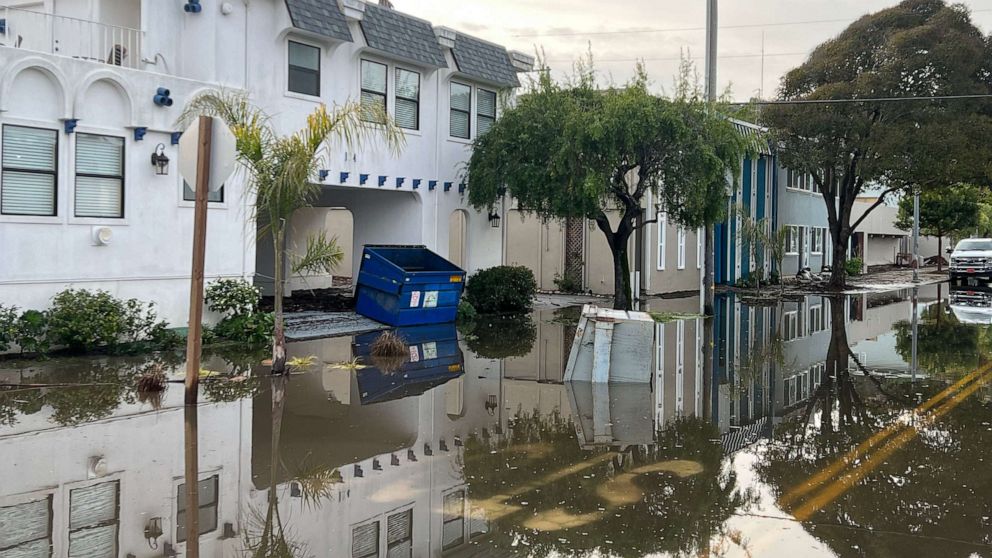
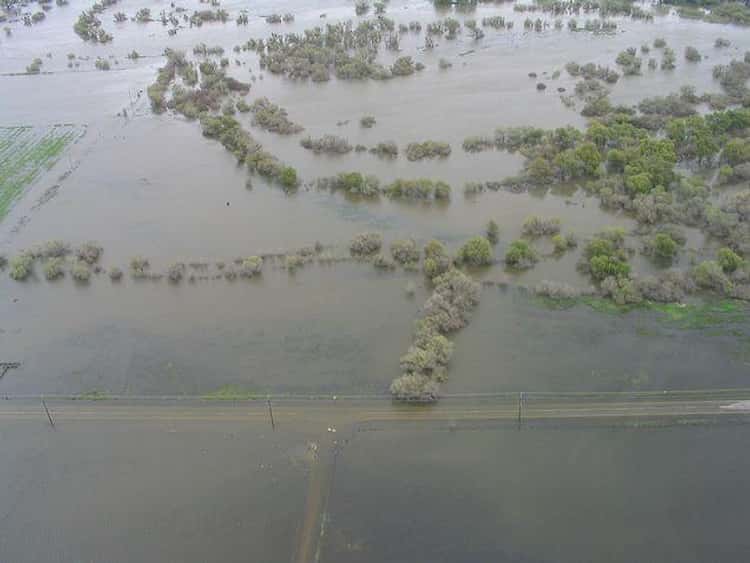
And we’ve had lots of power outages.
We lost power last night and after lighting some candles, we snuggled under an afghan, and after a long lovely chat, Husband went to bed early and I decided to read.
How romantic I thought, I’ll read by candlelight — imaging every Jane Austen novel.
We unearthed our trusty candle holder we’ve had since living in New Hampshire, an ingenious Yankee design.
And so I picked up my current book which I’m almost finished.
And it worked for awhile, but I soon realized these old, aged, mature eyes would need many more candles to read any longer.
Well aware of the sham, and with the candle as ambiance, I turned on my Kindle at full light setting, and started this from Dean Street Press. Mine is a digital advanced reader in black and white, so I’ll show you the lovely cover in full color.

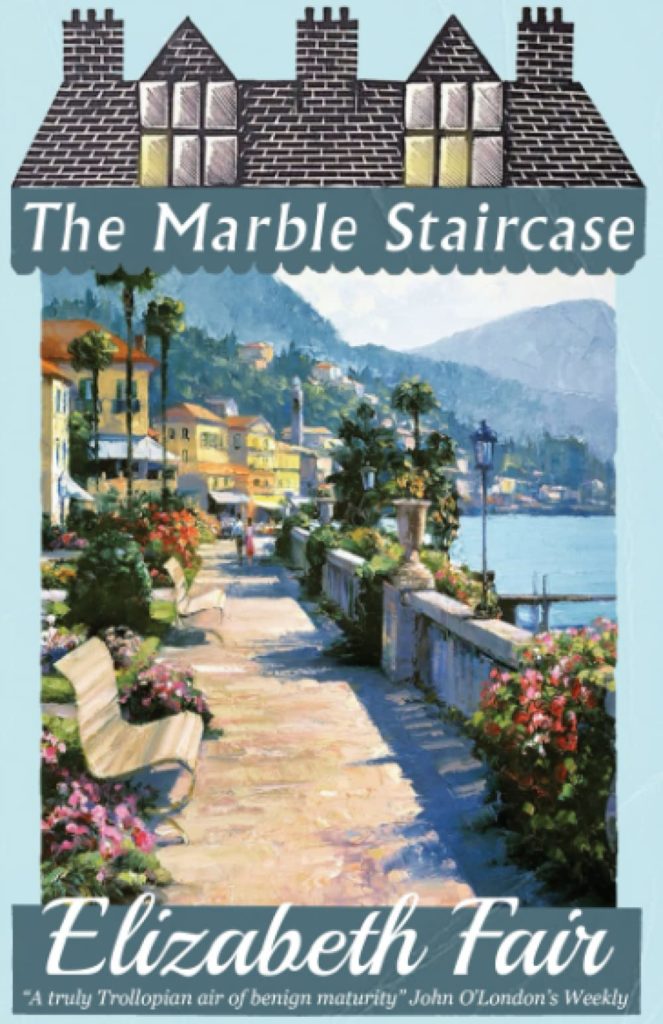
I read three delightful chapters by screen and candlelight before retreating to bed.
This morning the storm has passed, power is restored, and it’s 58 degrees and sunny. Such is life here in California.
A friend who walks his dog down along beach sent me this photo of the surf a couple of evenings ago, just before the storm. Taken from a safe distance, he didn’t venture on to the beach with these enormous waves. The sound of the surf is loud even up here — blocks up from the beach.
We will get another big storm on Monday, after that, the worst is over.
Our weather forecasters are experiencing the high point in their careers of boring weather reporting. Never heard them talk so fast.
We’re safe. We’re wimps. We’re Californians.
New Books for the New Year
Do I need any more books? Most would cry “certainty not”! Luckily, my loved ones are not in that crowd and sent me some off-the-charts special books this Christmas.
One from my sister and the other from a good friend — both of whom listened to me whine about know how much I miss my bookstore gig.
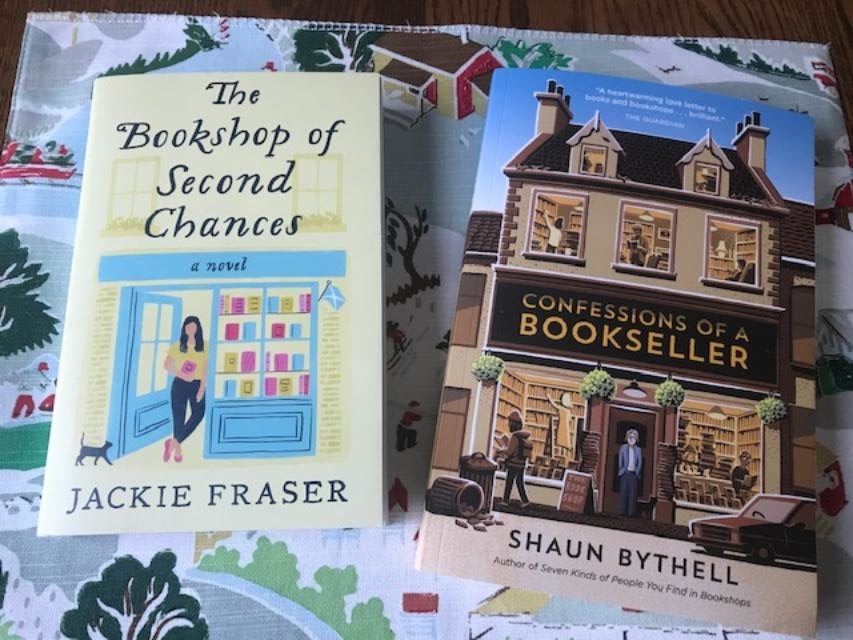
Both take place in Scotland (sigh of pleasure) – the first is a novel about a women who inherits a cottage in Scotland and opens a bookshop (yes, please), and the second is a true account of a bookseller running an idyllic bookshop in Wigtown, Scotland– a famous town known for its used bookshops (on my travel bucket list).
Also, just look at this hand-painted bookmark my artist friend made for me…another sigh.
Then, early in December, Husband asked me if there was something I wanted, but couldn’t (or wouldn’t) justify purchasing and he would get it for me. What a question! My response could have resulted in an exorbitant gift, but husband was secure in knowing it would likely be a book, rather than a car or jewelry.
You see, I already own a beautiful copy of Little Women in my grandfather’s classics, so I couldn’t really rationalize a second copy.
But I really, really wanted this one.
Why?
This edition is special. It contains pockets throughout containing gorgeous, removable replicas of significant letters, the home playbills, and other ephemera from the story, re-created with beautiful calligraphy and painstaking detail.
From the book’s blurb: “Pull out each one, peruse its contents, and allow yourself to be transported to the parlor of the March family home.”
And transported I shall be.
This rainy New Year’s weekend, I’ll be happily perusing my new books.
I shall end this year with a sincere and hopeful Book Barmy wish for 2023
A Rainy Day and Christmas Books
It’s raining, it’s pouring ~~ a perfect day to get things done for the holidays. Such as putting up our new tree. The operative word there is ‘new’ — we broke down and bought an artificial tree – I know, it was hard for me too. But, given our drought and fires, live trees are scarce and wildly expensive out here. We only need a small tree to fit into our bay window seat, so we decided to go check out Balsam Hill’s new factory outlet just south of the city.
I’ll show you more, once we put up the new tree ~~ but not today.
I also have presents to wrap and pack for shipping ~~ but not today.
There’s cookie baking to do for friends and family ~~ but not today.
What is happening today? Wait for it – yes, getting out my collection of Christmas books. Lest you think I won the lottery (I did not), I’ve been collecting Christmas books for years, a tradition inspired by my book barmy mother.
I put them out to display around my reading nook. Most chosen for their beautiful covers – so facing up of course. And there these books will remain until the last whispers of the holiday season are over.
Today I am lovingly going through them, re-familiarizing myself with each one, and deciding which I will read, re-read, or just pleasantly browse through. What to choose, what to select?
There’s holiday murders and mysteries – always fun.
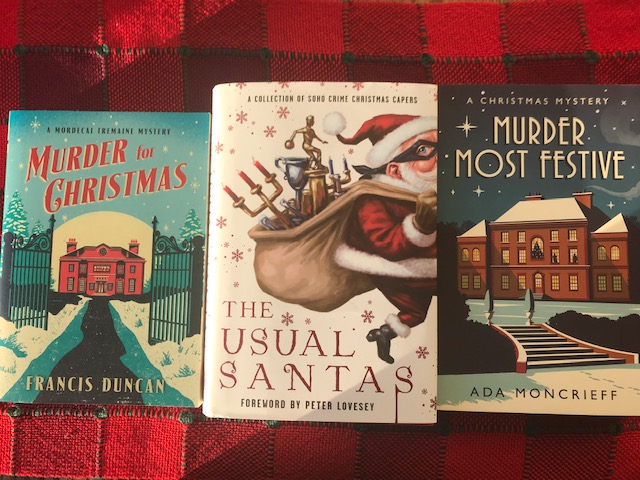

Years ago, there was a holiday book group meeting with wine tasting at a local bookstore – it was great fun, but somehow these lovelies came home with me.
I could go veddy, veddy British for this Christmas…
Or perhaps one of these?


This next one is definitely for Christmas Eve – I’ve have this beautiful book for several years, but only dipped in and out of it. This year, I want to read it cover to cover.
Every December an envelope bearing a stamp from the North Pole would arrive for J.R.R. Tolkien’s children. Inside would be a letter in a strange, spidery handwriting and a hand-colored drawing. This book contains all the letters J.R.R. Tolkien wrote to his children in the guise of Father Christmas from 1920 through 1943.
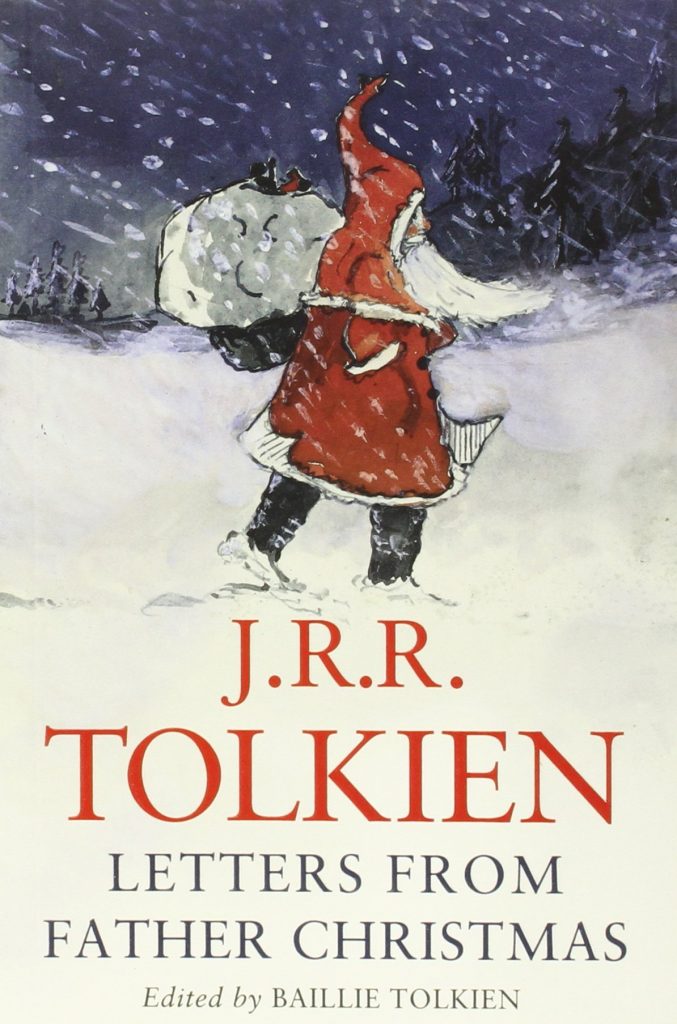
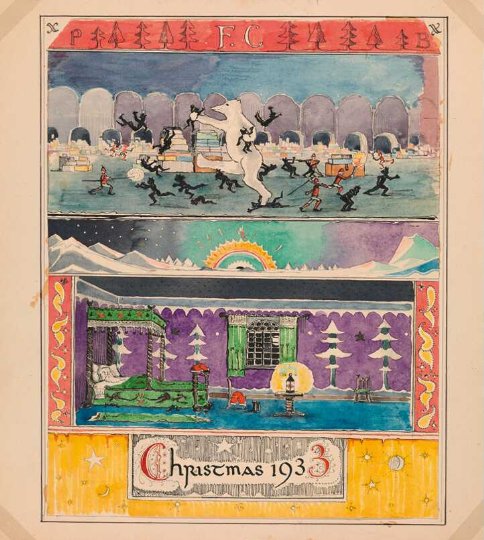

A new arrival. A rare find on e-bay, a collection of Christmas stories by Bess Streeter Aldrich, who was one of Nebraska’s most widely read and enjoyed authors. Her writing career spanned forty-some years, in which she wrote largely autobiographically, about living in the Midwest. This is an older hardback with the original illustrations, definitely well read, and with no spine but I’m quite pleased to have it.
I must confess, there is yet one more — still to arrive. I was shopping on Thrift Books (check them out as a good alternative to the big A) for Christmas gifts and saw this come up. I once had a copy, but must have lent it to someone or gave it away in a fit of clearing out. What was I thinking? I must have “one of the best Christmas mysteries ever written”, according to Martin Edwards, a well know British crime fiction critic.
Well that sums up my Christmas books from my shelves.
But, wait there’s more – remember, I have a Kindle and I haven’t shared my digital Christmas books, neatly arranged in their own Christmas collection, where I can browse the covers and see what else I can add to my holiday reading list.
Meanwhile, as I’ve been messing around with my books, Husband baked a galette made from bruised apples scavenged from our farmer’s market just a few blocks away. We go in the morning, but then he sometimes goes back as the market closes down and gets great bargains. These apples were free.
Someone has to economize after the money spent on books.
Apple galette and tea anyone?
Magpie Murders by Anthony Horowitz
First, there’s the book ~~
Then, there is the PBS Masterpiece Series ~~
I make it a firm rule, to read the book before I watch any film or television adaptation. And in the past, I almost always, always prefer the book ~~ but not in this case…
Don’t get me wrong the book was very, very good, but Magpie Murders was made into an almost more appealing story by Masterpiece/PBS by the author himself. You see, Anthony Horowitz, is the also creator of “Midsomer Murders” and “Foyle’s War” — both super PBS series, and he obviously excels at bringing a static book to life on the screen.
First the book:
Magpie Murders has a dual plot– two mysteries in one. We open in current day with an editor, Susan Ryeland settling in over a weekend to read the newest manuscript from her publishing firm’s best-selling mystery author. After the first chapter, the story then switches to the manuscript she is reading — an old-fashioned whodunnit, set in the 1950’s written by the fictitious author, Alan Conway, who created a famous detective in Atticus Pünd.
The first 200 or so pages of Magpie Murders are very reminiscent of an Agatha Christie novel, and I was wondering while reading it why there was so much hype about the book. The manuscript was a typical cozy mystery set in an English village with a host of Christie-like characters. But, those first 200 pages seemed to drag a bit as each suspect was introduced with their pertinent backstories. But, in the end, they serve to set up the real story which unfolds in the second half of the novel. You see, the manuscript ends abruptly because its last chapter is missing and we (and the publisher) have no idea ‘who done it’. That’s when Magpie Murders became a page turner for me, as the publisher tries to find the missing chapter, and solve not only the murder in the manuscript, but also a possible contemporaneous murder. Mr. Horowitz uses the second half to bring together many loose ends between the manuscript mystery and our modern day one — but I won’t tell you any more.
I know, I know it sounds very confusing, but stay with me here…
The book contains some great literary tricks — Mr. Horowitz combines humor, drama, and intrigue — which makes for a multi-layered story that eventually becomes riveting. There are hidden meanings and anagrams, which are revealed in the second half of the book — quite fun to read. (Atticus Pünd’s anagram was my favorite, but not suitable to repeat here.) There are really three authors – the manuscript author and the modern day best selling mystery author – both of whom are actually Anthony Horowitz. Okay I’ll give you a moment here to digest all that.
Within the pages, the author (and Mr. Horowitz) marvel at our appetite for crime. Saying at one point, the BBC would have little to broadcast — if not for crime programming:
Inspector Morse, Taggart, Lewis, Foyle’s War, Endeavour, A Touch of Frost, Luther, The Inspector Lynley Mysteries, Cracker, Broadchurch and even bloody Maigret and Wallander – British TV would disappear into a dot on the screen without murder.
It’s strange when you think about it. There are hundreds and hundreds of murders in books and television. It would be hard for narrative fiction to survive without them. And yet there are almost none in real life, unless you happen to live in the wrong area. Why is it that we have such a need for murder mystery? And what is it that attracts us? The crime, or the solution?
Do we have some primal need of bloodshed because our own lives are so safe, so comfortable?
Now to the PBS Masterpiece version, which I watched only after I finished the book. As I alluded earlier, the television series enhances the book and brings it to life in a most wonderful way. The connections between the manuscript and the current day mystery are clearer and the series brings these two timelines and worlds together in a most entertaining way.
And in a magical turn, our editor in current day and Atticus Pünd from the 1950’s, come together to solve the case of the missing manuscript chapter and the possible murder of the manuscript author. Atticus Pünd appears and advises Susan Ryeland as she visits the village where her famous mystery writer lived. Is it real or is it imagined? We are left to interpret for ourselves.
Whereas in the book, Atticus only appears in the pages of the manuscript. Also, the book is a bit more work, the reader has to link the bridges between to the two mysteries and work to sort out the connections. The book also has many more suspects than in the television series.
The television version of Magpie Murders crosses back and forth in time allowing for a reprieve from the more classically-paced 1950’s mystery manuscript. And wonderfully, the same actors play dual characters in the manuscript and current day. You see, the famous mystery author based his characters on modern-day neighbors, villagers, police, and lawyer – often times not so kindly.
I know you’re probably a bit baffled by all this so I’ll close by recommending Magpie Murders – however you can get it — by book or by television.
Either way, a terrifically unique mystery and really entertaining.
Here’s the trailer for the PBS series



